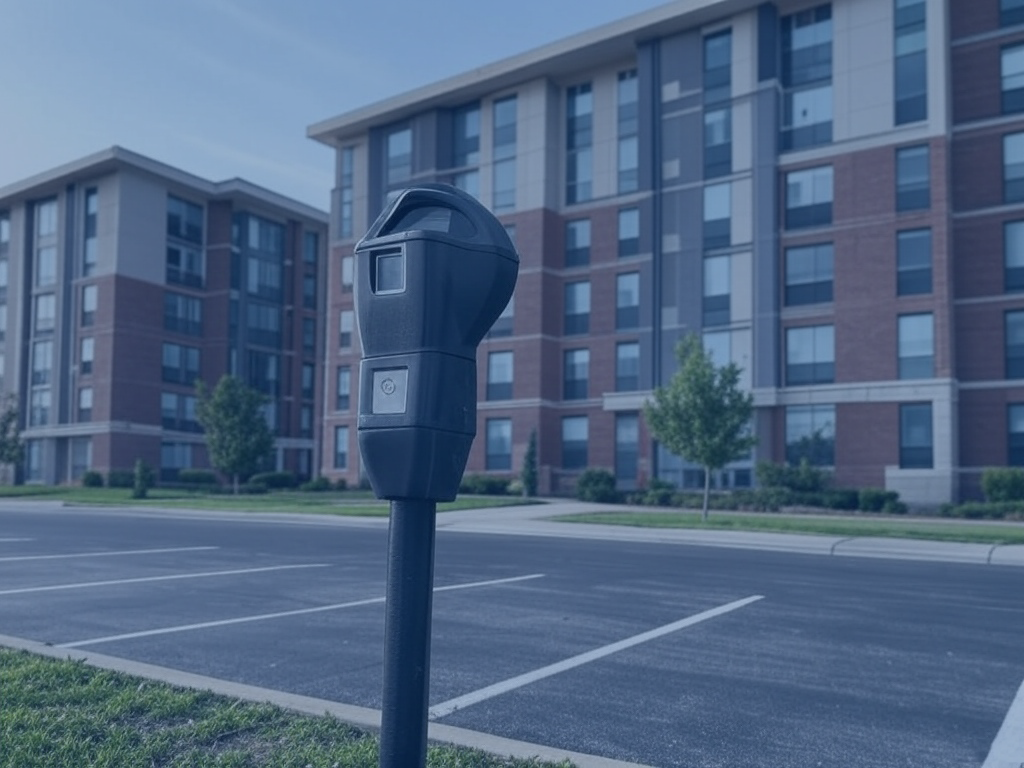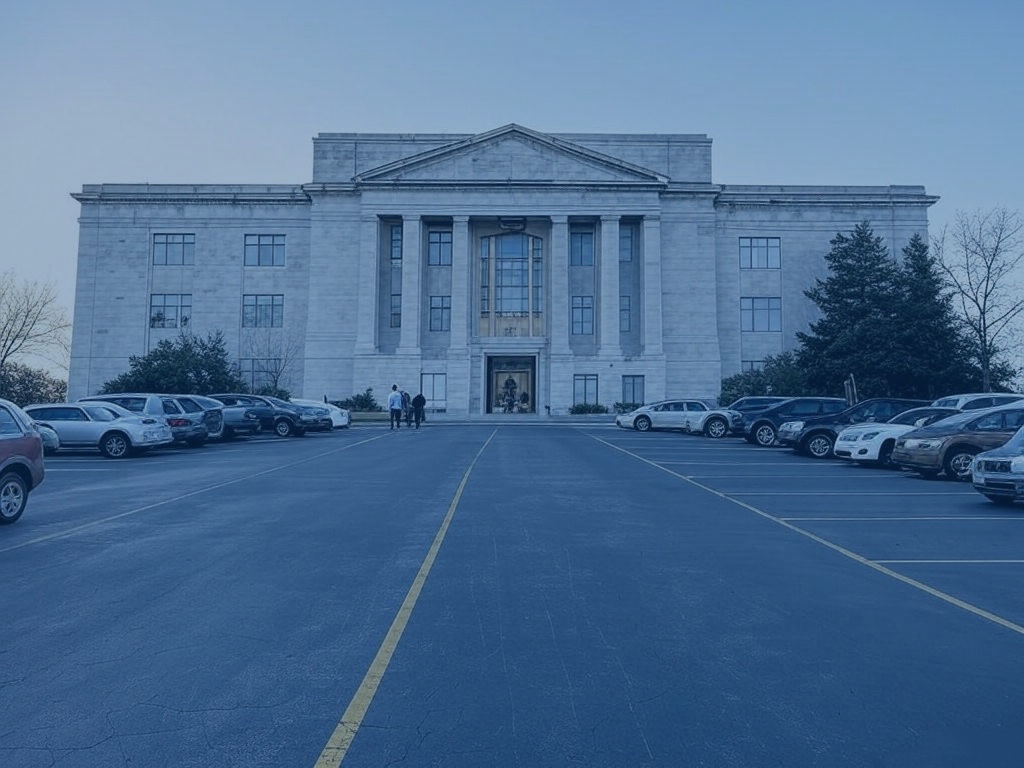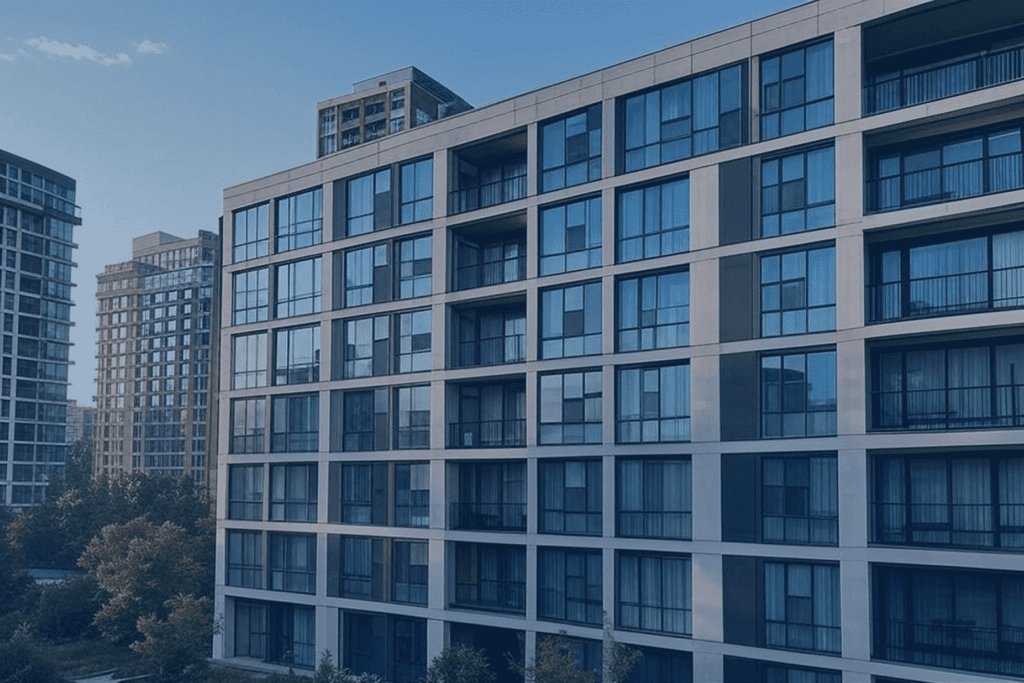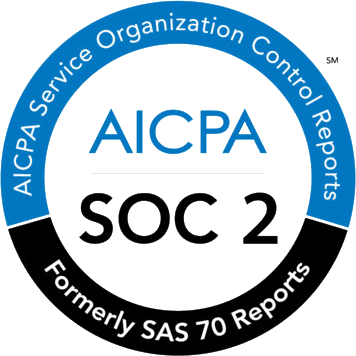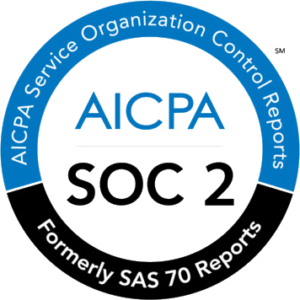Understanding how to price parking at your apartment building can significantly influence your overall revenue and tenant satisfaction. This guide aims to give apartment and multifamily owners, property managers, and asset managers an upper hand in balancing revenue, fairness, and demand.
Table of Contents
ToggleWhy Parking Pricing Matters for Your Apartment Building
Parking pricing is no trivial matter. Its enormous impact on the overall revenue generated by a property is often overlooked. This revenue, however subtly, weaves itself into the fabric of your financial performance.
Think of it this way: imagine you have 100 slots in your apartment building’s parking space. If each spot is underpriced by $10 per month, you’re virtually leaving $12,000 on the table each year. On the other hand, an overpriced parking slot can deter potential tenants, leading to vacancies and, ultimately, reduced income.
Now, what makes it tricky is how market demand sneaks in to play a pivotal role in pricing these slots. It’s a juggling act between offering a fair price to your tenants and not underselling your valuable real estate. In bustling urban areas where parking is a luxury, tenants would be willing to shell out more. Conversely, in suburban locales where spots are aplenty, hiking up the price could send tenants seeking cheaper alternatives.
Every brick and mortar business thrives on one principle: buy low, sell high. Apartment buildings are no different. Striking a balance between this classic business mantra while keeping tenant satisfaction in check is the key to pricing parking at your apartment building. It’s a tight rope to walk, but with the right price, you can maximally monetize your underutilized and undervalued asset — the humble parking spot.
Key Factors That Influence Apartment Parking Pricing
Before we dive into the specifics and solutions, it’s essential to understand what factors can influence the pricing of parking spaces at your apartment building. Not everything boils down to a toss of a coin.
- Location and market demand significantly play into the equation. If your property is located in a high-traffic, urban area where parking is a headache, you can bet that a reserved parking spot would be worth its weight in gold. The price, in such situations, can be adjusted accordingly. Similarly, if your apartment building is near common areas like shopping malls, universities, or office complexes, parking demand may be high, reflecting in the pricing.
- Availability and supply of parking spaces. It’s basic economics, really. This means that if you have a limited number of parking slots, you might have the liberty to hike the prices a bit. But if you have copious amounts of space and fewer units or tenants, then prices may need to be readjusted lower to encourage usage.
- Competitor Prices. Competitor pricing analysis can provide a ballpark on how to price your parking slots. Keeping tabs on what your competitors charge is a good way to ensure your pricing is not sky-high or ridiculously low, either of which could send the wrong message to your tenants.
- Tenant Preferences. Speaking of tenants, their preferences, and usage can also influence pricing. If most of your tenants rarely use their cars or prefer cycling or public transportation, lowering parking prices might encourage increased usage. Conversely, if usage is high and tenants are willing to pay a premium for a reserved spot, then dialing up the price may be a reasonable strategy.
- Regulations and zoning laws. Yes, they can also impact your decisions regarding parking pricing. Some areas have parking maximums or minimums that must be adhered to, while others have zoning laws that may affect how much parking space can be provided.
Setting the right parking price is all about finding a balance between these factors. It’s a delicate dance: you don’t want to overprice and repel potential tenants, nor do you want to underprice and miss out on a significant piece of your overall income. Understanding these key factors is the first step in mastery of the art of parking pricing.
Apartment Parking Pricing Models: Which One is Right for You?
Choosing a parking pricing model can often feel like solving a Rubik’s cube – complex and bewildering to the uninitiated. But with some understanding of the basic models, you may find your fit sooner than you think.
- For starters, there’s the flat fee model. As the name suggests, this approach involves charging a fixed price for parking, regardless of the duration or frequency of use. It’s simple, straight, and generally avoids potentially sticky conversations with your tenants. The rub? Some tenants may end up paying for services they barely use.
- Alternatively, you could consider the tiered pricing model. Under this approach, you determine the amount a tenant pays based on various factors such as the number of vehicles they own, or their frequency of use. It’s fairer in many respects, but the assessment process can be a bit more involved.
- Then there’s the idea of unbundling parking from rent – essentially making parking its own line-item. Rather than automatically including a parking spot with every unit, tenants who need parking pay separately for it. This method can help you more accurately reflect the true cost of parking, but can also be a bit of a culture shock for tenants used to bundled fees.
- Market-based pricing is another model moving the needle in the multifamily sector. Here, the price of parking fluctuates based on demand. On a good day, it optimizes revenue by ensuring parking spaces are never undervalued. However, it can lead to serious sticker shock during peak times.
- Finally, there’s the option of lease rates vs. daily/hourly rates. With the former, tenants pay a set amount for extended use of a parking spot (typically monthly), while the latter charges based on individual parking sessions. A blend of these can sometimes offer the best balance between flexibility and steady income.
Pricing can also depend on the type of parking at your property – these can be seen here.
Choosing a pricing model is always a bit of a balancing act, taking into consideration your specific circumstances and the needs of your tenants. While it might not be as fun as solving a Rubik’s cube, it can certainly be as satisfying once you get it right.
How to Conduct a Apartment Parking Pricing Analysis
Getting the balance right in parking pricing can be the trickiest part for property managers. Here’s a basic guide on how to conduct a thorough parking pricing analysis.
Step 1: Research Competitor Apartment Parking Prices
Start by researching competitor prices. Understand the market by:
- Checking apartment buildings in your neighborhood.
- Exploring broader market trends via real estate sites.
- Contacting property managers of similar buildings.
- Speaking with industry experts.
This research helps establish a reasonable ballpark figure for your parking fees.
Step 2: Understand Tenant Willingness to Pay
Next, find out what your tenants are willing to pay. Understanding their pain points is invaluable. Consider:
- Conducting a tenant survey using printed and digital questionnaires.
- Asking about what they believe to be a fair price.
- Gaining insight into the optimum price range for your tenant demographic.
- Evaluating their usage patterns (frequent users vs. occasional parkers).
This data could guide a shift toward a usage-based pricing model.
Step 3: Analyze Occupancy Rates
Evaluate occupancy rates using historical data:
- A consistently full parking lot indicates prices may be too low, leaving money on the table.
- Low occupancy can suggest prices are too high and deter potential users.
This investigation provides data to support necessary price adjustments.
Step 4: Account for Operational Costs
Ensure pricing covers all operational costs, including:
- Maintenance
- Security
- Taxes
- Insurance
Your parking revenue should cover these costs and contribute positively to your bottom line.
Maximizing Aparment Pricing Revenue While Keeping Tenants Happy
Striking the right balance between optimizing revenue and ensuring tenant satisfaction can be like walking a tightrope. However, with tactful strategies and thoughtful implementation, it’s more than achievable.
Pricing Strategies
- Avoid Overpricing: A high price tag on parking spaces will not only deter prospective tenants but also disappoint existing ones. Make sure your pricing aligns with the market rates and adequately reflects the value it offers in terms of security, accessibility, and convenience.
Discounts and Incentives
- Provide Discounts: Offer reductions for long-term contracts, multiple vehicles, or off-peak parking sessions.
- Offer Incentives: Introduce perks such as premium spots for higher-end models or a free parking session after every tenth session. Such gestures can boost occupancy rates and demonstrate tenant appreciation.
Integrating Smart Technology
- Smart Parking Technology: Incorporate real-time availability data and demand-based pricing. This ensures efficient use of parking spaces, optimizing revenue while offering convenience to tenants and enhancing their overall satisfaction.
Alternative Options
- Designated Areas: Provide designated areas for car sharing or bike parking. These cater to tenants using alternative transport modes but who occasionally require parking. Offering these options can attract a diverse tenant pool and position your property as a forward-thinking, sustainable choice.
The Role of Technology in Apartment Parking Pricing & Management
In today’s digital era, the benefits of integrating technology into parking management are immense. Technology can significantly streamline parking experiences and processes, resulting in higher tenant satisfaction and improved revenue management.
One groundbreaking tech innovation in this sphere is smart parking apps. These solutions give tenants the convenience to book and manage their parking spots in real-time and from anywhere. At the same time, they provide property owners with an automated system to manage parking spaces, ensuring seamless allocation and fair usage.
Integrating License Plate Recognition (LPR) and Access Control mechanisms bring another layer of sophistication to your parking management. LPR technology eliminates the need for traditional parking passes by automatically recognizing tenants’ cars’ license plates, thereby enhancing security and ease of access. It aids in error-free identification and tracking, reducing the potential for parking misuse and issues between tenants.
Meanwhile, Access Control systems ensure only authorized vehicles enter or exit the parking lot. It limit intrusion and increase the level of safety within your apartment building’s parking area.
Technology also introduces the possibility of dynamic pricing, an approach that adjusts parking prices based on real-time demand, season, time of day, or any other factor you deem significant. This concept, borrowed from industries such as aviation and hospitality, allows for flexible pricing that accounts for fluctuations in demand, helping to maximize revenue during peak periods while still guaranteeing occupancy when demand is lower.
Bottom line, technology in parking management offers the potential to revolutionize your parking pricing strategy, creating an efficient, fair, and profitable system that keeps both your tenants and your bottom-line happy.
Wayleadr offers multifamily parking software that allows for all of the above features and more. To learn more, speak with a member of our team!
Conclusion & Next Steps
Successfully pricing parking at your apartment building is a delicate balance, crucial for optimizing overall revenue and maintaining tenant satisfaction. As we’ve discussed, several key factors are instrumental in this process:
- Understanding market demand
- Analyzing competitor pricing
- Considering tenant preferences
- Complying with local regulations
Adopt the Right Apartment Parking Pricing Model
Choosing the right pricing model is pivotal for effective parking management. Your options include:
- Flat Fee
- Tiered Pricing
- Unbundled Parking
- Lease and Daily/Hourly Rates
Conducting a comprehensive parking pricing analysis will equip you with actionable insight to address potential challenges. Strategies such as providing alternatives, offering incentives, and avoiding overpricing can maximize revenue while keeping tenants satisfied.
Leverage Technology in Parking Management
By leveraging modern technology in parking management, you can streamline complex aspects of the process. Consider tools such as Wayleadr, which include features such as:
- Smart Parking Apps
- Software Solutions like Wayleadr
- License Plate Recognition Systems
- Access Control
These tools play significant roles in efficiently managing demand and implementing dynamic pricing algorithms.
Reflect and Optimize
As we conclude this discussion on parking pricing strategy, we urge property owners, managers, and real estate investors to reflect on their current approach. Consider the following:
- Are you maximizing your revenue potential?
- Are you maintaining fairness and tenant satisfaction?
